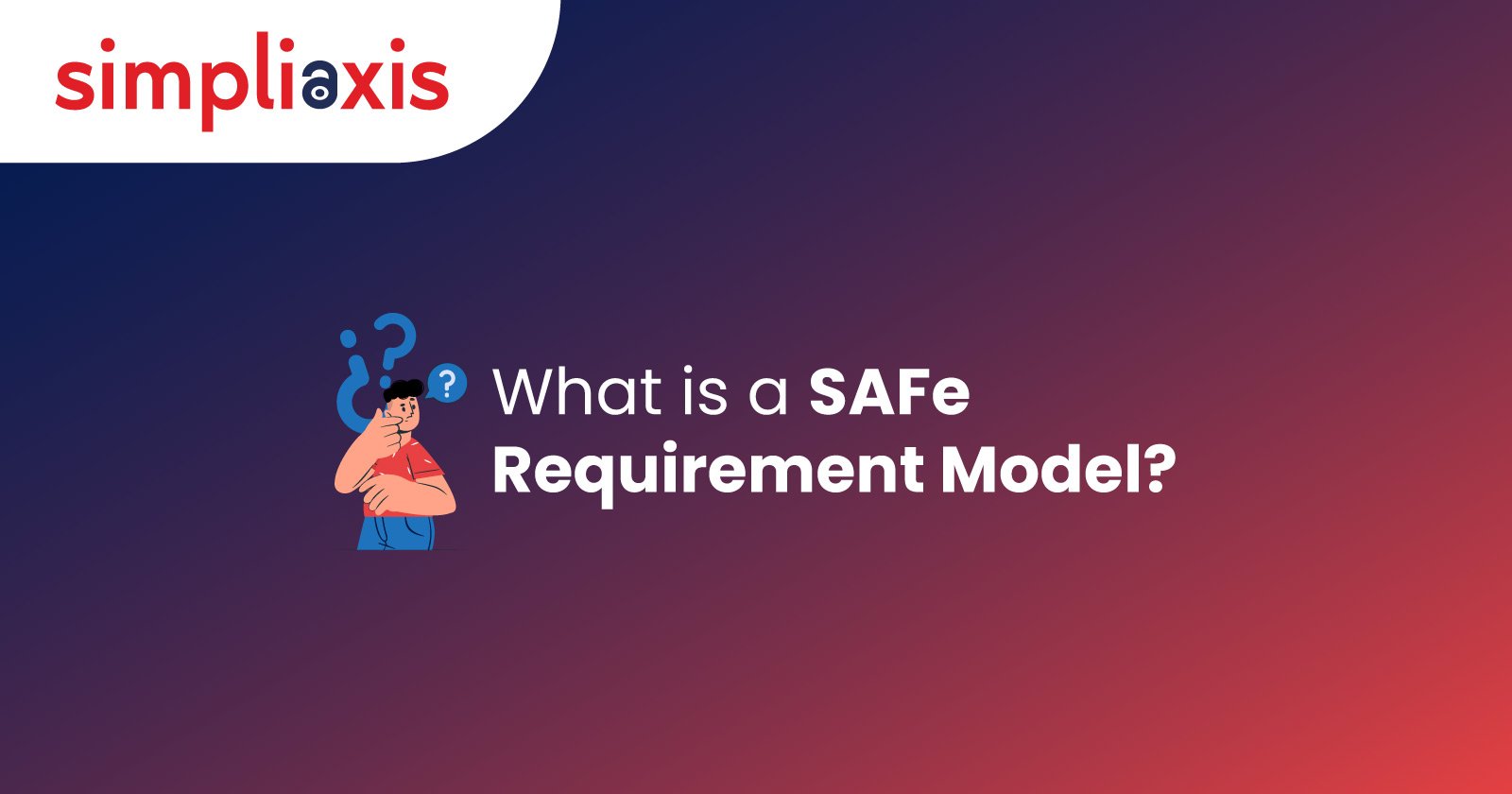SAFe has become popular in organizations. Different teams have used it as an extensible framework to address the need to manage requirements efficiently. Organizations often have ongoing large-scale agile projects, which is where the Scaled Agile Framework (SAFe) Requirement Model comes into play.
Businesses must know how to provide the best quality product in response to changing market demands. The SAFe Requirement Model simplifies the adaptability approach to managing requirements in the Software development process.
This blog will help you understand what SAFe Requirement Model is.
SAFe Requirement Model: Definition
The SAFe Requirement Model helps the organization plan, manage, and organize project requirements. Adopting agile methodologies is the primary purpose of the organization, which is to increase responsiveness and productivity.
The Model helps organizations regulate their development efforts with the business objectives. It ensures that teams are aligned with the overall strategy and deliver the best possible value.
Levels of SAFe Requirement Model:
Epic:
These are high-level work that involves multiple planning at regular intervals and represent significant organizational value. This large-scale level summarizes the important development efforts and dramatically benefits the business or end-users. They can be related to organizational epics, focusing on user value and delivering customers, which marks architectural or technical improvements.
Features:
These are mid-level in the requirement model, providing more accurate information on the functionalities needed to attain the goals. In the sphere of SAFe, features are definite pieces of functionality that focus on the business's user value. They are generally bigger than individual user stories. They generally show services performed by the system to fulfill specific user needs.
Stories:
Stories, the smallest work unit in Agile development, play a crucial role. They represent individual tasks that need to be completed in the Agile teams. This level generally expresses the requirements in the business. It emphasizes the user’s perspective, understanding who the users are, what their needs are and why they need it. Stories promote collaboration and customer-centric development.
Major Concepts of the SAFe Requirement Model
Traceability and Validation
It shows the competence to trace requirements at full length in the development process. Traceability confirms that the requirements are executed as planned and can be tracked as and when required. Validation authenticates that the executed solutions are as per the specific requirements of the stakeholders.
Requirements Elicitation and Prioritization
Eliciting requirements requires collecting information from stakeholders and other superiors to acknowledge their preferences and needs. Prioritization determines the order in which requirements need to be implemented based on value to the business and usefulness.
Acceptance Criteria
Acceptance Criteria indicate to development teams that the stakeholders' expectations are matched with the implemented solutions. They determine the conditions to be met to call a requirement complete.
Roles and Responsibilities
Here, specific roles are designed to manage requirements in the development process. These roles may include some important designated professionals like Product Owners, Product Managers and System Architects.
Benefits of Implementing a SAFe Requirement Model
Implementing the SAFe Requirements Model enhances an organization’s functionalities like agility, alignment, transparency,and customer-value delivery. There are many other benefits for the business environment. Let’s have a look at few of them:
Customer-Oriented Focus
The model focuses on remodeling customer satisfaction. It ensures to deliver best customer value by providing products and services that meet customer needs.
Increased Transparency
When the requirements are detectable and traceable at each level of development process, the model encourages transparency and improved decision-making.
Risk Reduction
Constant development and Timely feedback will help reduce the risk of large-scale failures. The model identifies and resolves the issues at the early stage.
Enhanced Alignment
The SAFe Requirements Model ensures that everyone is working in the direction of the same goal by aligning teams, programs, and portfolios to strategic objectives.
Surpassing Quality Products
The standard of the final service or product will be high, with continued feedback and constant refinement.
Adequate Resource Utilization
Team works more proactively with clear, actionable and traceable requirements. Therefore, there will be a reduction in time and resource wastage.
Improved Collaboration
The SAFe model promotes better communication within the team and in organization. It also encourages a collaborative culture and develops a sense of shared understanding.
Final Thoughts
This blog might have helped you understand What is a SAFe Requirement Model?. The SAFe model has its benefits, and the organization can make the most of them. The SAFe Model has been booming for multiple uses because of its extensive advantages and results. The organization can leverage and use the model in an efficient manner.
Also, explore SAFe certification courses provided by Simpliaxis to master your skills in Scaled Agile Framework and learn to improve business agility.













 +1-361-998-9988
+1-361-998-9988


